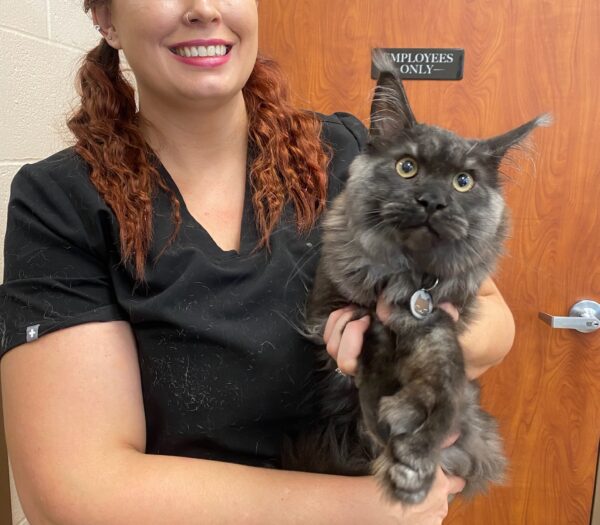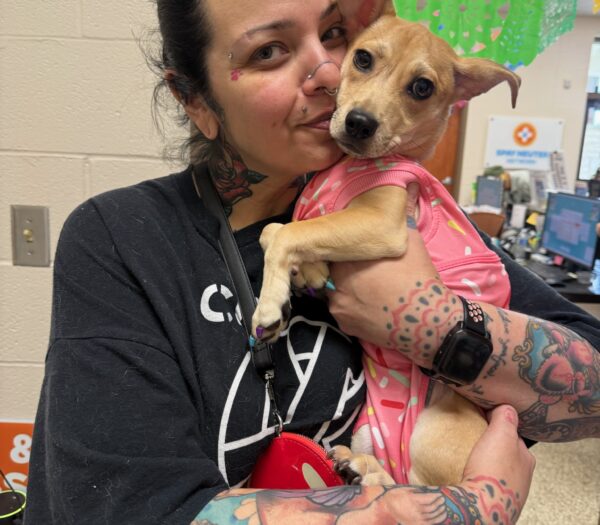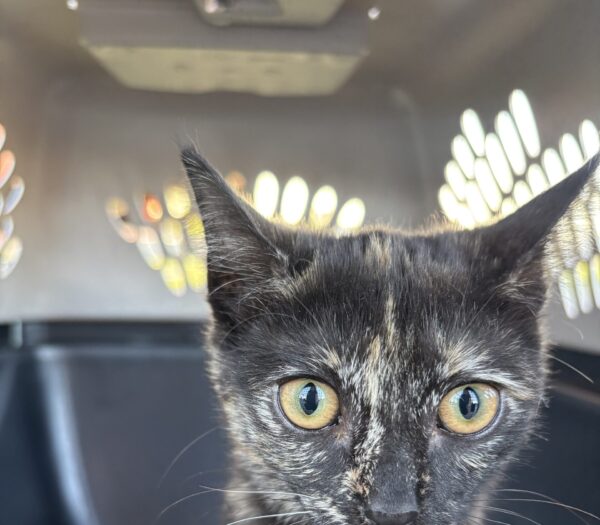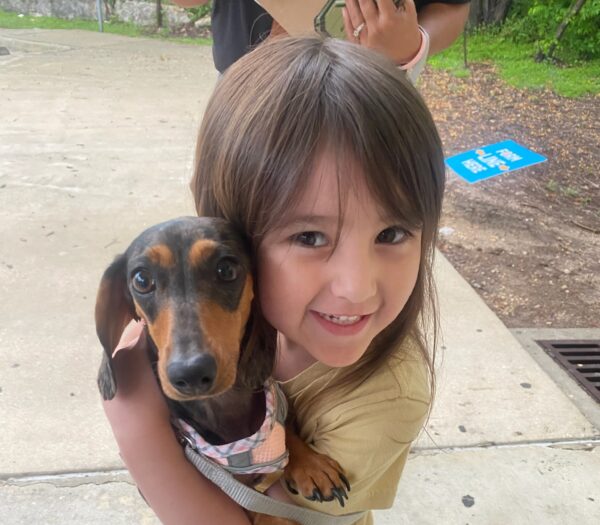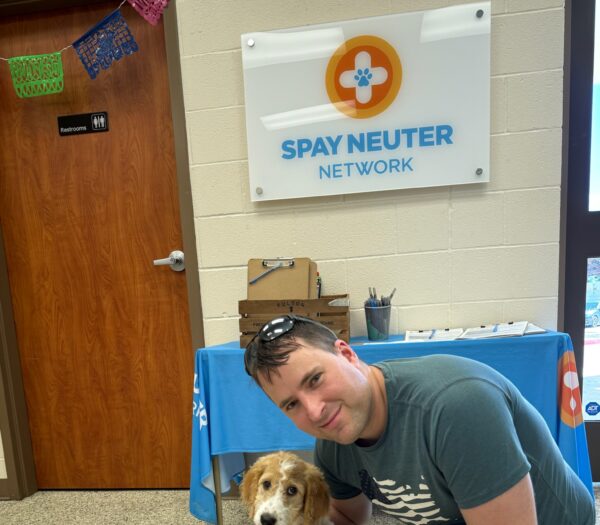When Mark and his family brought home their rescue kitten, she immediately darted under the bed — and stayed there. For months, she would only come out briefly to eat or use the litter box before quickly retreating to her safe space. Over time, she grew more comfortable, cautiously venturing out to explore the house, but always on high alert. Even now, two years later, she sleeps in their bed at night but scurries back under the bed as soon as daylight comes or anyone moves too quickly. She’ll “talk” to them from the hallway and will occasionally play when lured with treats, but the family still wonders if she’ll ever fully settle in.
Their story reminds me a bit of my current situation. About ten months ago, I rescued a stray cat off a busy highway. We got her medical care and decided to keep her. We had been wanting another cat, and she seemed very quiet and unafraid of us, although we couldn’t pick her up or touch her at the time. Even now, while she has never hissed, swiped, or tried to bite — perhaps because we respect her space and don’t attempt to pick her up — she clearly isn’t ready for that level of handling yet. But she is making steady progress.
She will sometimes jump up on the bed in the morning, only to quickly hop back down. She joins our other cat out on the screened patio but usually retreats inside after a short time. Just recently, she began playing with toys for the first time, which is a major milestone since play is a sign she is relaxing in the home. So, while she’s not yet the lap kitty I originally hoped for, she is the kitty we have — and we love her dearly.
Anxious or shy cats often need extra time — sometimes months or years — to feel safe and confident in their environment, especially if they were undersocialized as kittens or had a rough start in life — both of which happened with our Maddie. But there are simple things you can do to help build their confidence and continue their journey toward becoming full family members.
One of the most helpful things you can do is create plenty of hiding spots throughout the house. Cats feel safer when they have multiple safe places to retreat to — and not just under the bed. Place cozy hideaways in the areas where you spend the most time, like a soft, covered bed near the couch, a basket or box in the hallway, or a cat tree with enclosed cubbies. Think of it like giving her a little “safe zone” every 10 feet where she can quickly dart if she feels unsure. We’ve done the same thing in our own home, and Maddie uses every one of them. We even have a long tunnel that runs from one side of a room to the other — another great place for a quick retreat when she feels overwhelmed.
Since Mark’s cat is already responding to treats, he can use that as a positive reinforcement tool. When his feline calls from the hallway, rather than approaching her, which may startle her, he should encourage her to come all the way to him with treats and gentle play sessions. This helps her associate being out in the open with comfort and safety.
Feline pheromones can also be a great tool to help anxious cats relax. Available as plug-ins, sprays, or collars, these products mimic the natural pheromones cats release to help them feel secure and calm in their environment. I use them all over my home.
Don’t forget how much cats love vertical space, too. A tall cat tree with a cozy perch or hideaway on top can give her a sense of security while still allowing her to stay close to family activity.
With time, patience, and a few thoughtful adjustments, many shy cats will gradually grow more comfortable and engaged. While my Maddie and Mark’s cat may never be the bold, outgoing cat we imagined, they both will continue to blossom in their own time and in their own way, becoming a cherished and much-loved member of the family.
Originally appeared on CathyRosenthal.com | Creating Comfort Zones for Shy and Anxious Cats
Cathy M. Rosenthal is a seasoned animal advocate, author, and syndicated pet columnist with over 35 years of experience in the animal welfare field. To learn more, visit CathyRosenthal.com, or connect directly through Spay Neuter Network by sending your pet questions to her at Cathy@spayneuternet.org.




